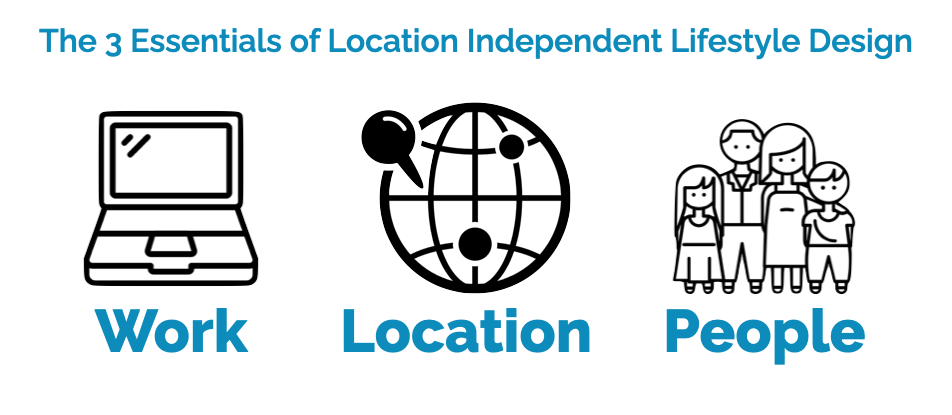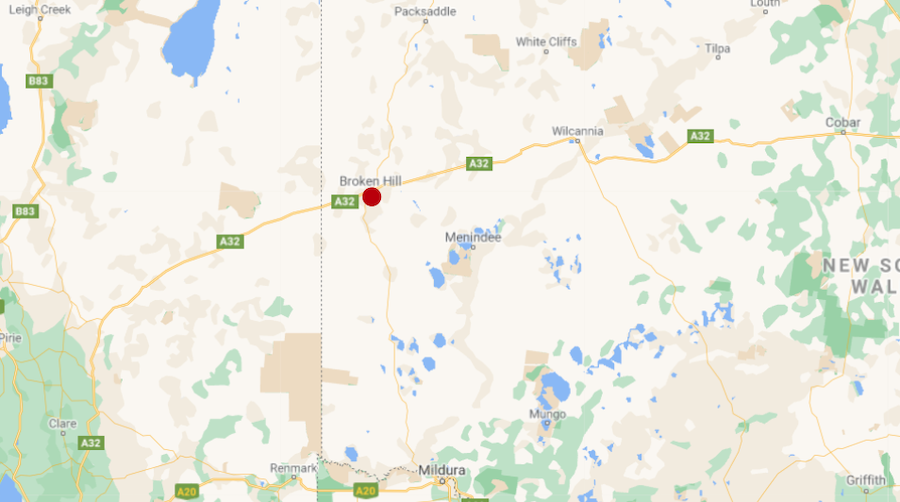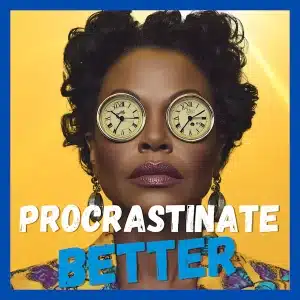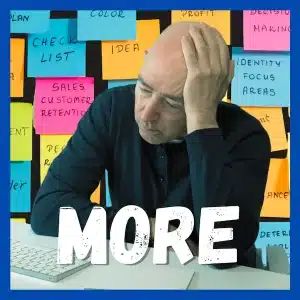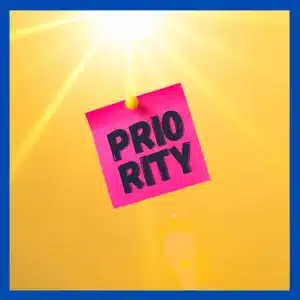Location Independent Lifestyle Design – what are the seven most important things to consider?
When we think of location independent living, we tend to think of all the good things of jetting around the world, sitting on a beach and having a great life. While that might be what we want to have happen, what are the lifestyle design things we need to look out for when we plan?
Now, let’s dive into our big idea for today: The seven key principles for Location Independent Lifestyle Design.
What is Location Independent?
Before we jump into our seven principles, we need to be clear on what we’re talking about here.
First up – What do we mean by Location Independent?
For me, it’s as simple as being able to work from anywhere. This might mean you have a job and you work from home. It might mean you have a job and you travel around the country. It might also mean you have your own business, and you operate this as you travel around the world.
Typically, location independent is not just about wandering around the place on holiday. It might be, but usually, it’s about working while you move around. This means you have to stay in touch with your boss or your clients. In my case, I tend to run live group coaching via zoom, offer video courses that clients can access at any time and have phone conversations.
A key idea here is being able to do this in a sustainable way. If you have a job, you can easily take a holiday and be from your usual home-based location. But that’s not sustainable – at some point you have to go back to your job and work location. In my view, Location Independent means you can work from anywhere anytime – and for as long as you want to.
What is Lifestyle Design?
Second up – What do we mean by Lifestyle Design?
Most of us are familiar with designing work projects. Lifestyle Design is simply designing a plan and a project for your lifestyle. Traditionally, we haven’t had to think much about this because our lifestyle was go to work five days a week and have the weekends off, all while living from home. Now we have a lot more options and this is why Lifestyle Design has become ‘a thing’ – and a great opportunity for living a great life.
Typically, your Lifestyle Design needs to include three essentials:
- Work – What work are you going to do and how you are going to do this from any location?
- Location – Where you’re going to work from – it may be one location or multiple locations?
- People – How you are going to interact with your friends, family, employers and clients?
When we put all of this together, we have Location Independent Lifestyle Design.
More here: Tim Ferriss and the Four Hour Work Week
1 Start with V
My number one principle for Location Independent Lifestyle Design in any form is to start with V. That’s V for Vision.
We need to start with a picture, a map, a plan for what sort of lifestyle, work and people interactions we want. This can be as simple as pulling out your tablet or a sheet of paper and writing down what your ideal would look like. You might even create a vision board where cut pictures from a magazine that showcase the places you want to go and the life you want to lead. Then you can make it more specific by having goals and timelines if this appeals to you.
Once you have your vision for your Location Independent Lifestyle then you can two things:
- Your Why – why do you want these things?
- And then a concrete and specific plan for How – how are you going to make this happen?
If you want more details on how I do this, add a comment below and I’ll create a separate post to walk you through the steps.
2 Your work happens where you are
The most important principle for Location Independent Lifestyle Design is that your work happens where you are.
For me, most of my work is in the form of business coaching. There are two big reasons I can do this work from anywhere.
- Thinking: The first is that I think for a living. My clients typically pay me because they want a fresh perspective, a new way of looking at a situation or a new opportunity to learn and grow. Given I think for a living I can do this from anywhere that I think. Wherever I am I can think and therefore wherever I am I can do paid work.
- Technology: The second is that I have access to technology that lets me interact effectively with my clients from anywhere. The good news is that you also have access to this technology. Typically, this means a cell or mobile phone, internet access and a laptop. They’re the three essentials for location-independent work.
You can be location independent provided you are paid to think or can deliver your value digitally.
3 Strengthen your safety net
The third Lifestyle Design principle for Location Independence is to strengthen your safety net.
Normally, if you were living and working in the same place you would have a network of support around you. This might be your next-door neighbour, your friend up the street or perhaps a family member in the next town. If something goes wrong, you can give them a call and you can work together to find a solution.
But what if you’re thousands of miles away from your support network?
For instance, I did a one-week house sit in Broken Hill, Australia (Wikipedia). Broken Hill is a mining town in outback Australia with a population of about 20,000 people. The next nearest town of similar size is at least 3-4 hours drive in any direction.I didn’t know a single person living in the town. If something went wrong, who was I going to call?
Thus, it is crucial in your Location Independence Lifestyle Design that you consider how you will manage your money, your physical and mental wellbeing and your social networks.
Five Things to Consider
These are some of the things to consider in your Location Independence safety net:
- Money – Do you have a cash reserve or access to credit in case of emergency?
- Health and Wellbeing – What will you do if you become unwell? What insurance will help cover any emergencies?
- Mental health and Motivation – This can be a tricky one. My best tip here is like your general health – keep yourself fit so the impact of mental health and motivation is less likely to appear. It’s prepare to minimise it happening. Plus, it includes the importance of your social networks to support you when you’re feeling flat or down.
- Relationships and Social Networks – Alas, you can’t take all your friends and loved ones with you all of the time. Finding ways to keep in touch will vary from person to person. There are lots of choices from free calls via Zoom, video chats via Facetime or Whats App and social networks such as Facebook and Snapchat. Find your best way.
- Technology Support and Backup – Given our tech is our liberator, if it were to crash could ruin everything. Who will you call when your tech falls over? What backups will you have in place?
While we all need these five things regardless of where we work and live, they become more important the more extreme your location independence. This is your safety net for being able to sustain yourself to make location independence workable. Make sure you consider it.
Bonus: You might also like to connect with people who do or have worked and lived in similar ways. This can be an important part of your safety net and keep you sane on the tough days. Think of this as you ‘work from anywhere’ friends.
4 Think big, think small
Our fourth principle for Location Independent Lifestyle Design is to think both big and small.
Usually when I talk to someone about location independence, they think about digital nomads roaming the planet going from one country to the next. That’s thinking big. That’s having a big dream.
That can be inspiring. That might be exactly what you want. And it might not.
Location Independence might also mean working from home so you can be there when your kids come home from school in the afternoon.
For me, I’ve worked from home for over 20 years. Then I started walking to the local library for an hour or two. Then I started putting my laptop in my backpack and riding my bike across Melbourne to work the day in various coffee shops. Then I started house-sitting for weeks across Australia. It wasn’t one giant leap – more a series of small steps over a number of years. That’s thinking big and thinking small.
It’s your lifestyle design so I encourage you to think big about your dream lifestyle. And also, I encourage you to think small about how you can start doing this today in your local neighbourhood. Think about the small steps that will take on you on your bigger dream.
Think big and think small.
5 Talk to the people that matter
Principle number five for designing your location independent lifestyle is to talk to the people that matter.
Often when we think of someone being location independent, we think of a solo worker doing their thing on their own. But this is not accurate. No one is an island. We are social creatures. We all rely on other people to live our lives. We all have families. We all have friends. And we all have either an employer or clients that give us our work.
Most importantly, we are going to need other people to make our location independent lifestyle work. This includes the person we buy our food from, the Internet provider who connects us online, the person who fixes our laptop when it stops working and so on.
When you’re creating your location independent lifestyle design, talk to some of the people that are important to you to find out what they think. You might like to make a list of the key people that your Location Independent lifestyle is going impact. This includes:
- Family members – partners, children, parents, grandparents
- Friends
- Work colleagues
- Employers
- Clients
Ideally, listen for where they are speaking from – Are they concerned? Are they inspired? Are they supportive? You don’t have to take on board all of their advice, and it is important that you consider their perspective because it will dictate whether your lifestyle design works or not.
6 Happiness is within
If you only looked at Instagram and Facebook you’d think the travelling lifestyle was filled with bliss. But that reality can be far from the truth. That’s why principle #6 for Location Independent Lifestyle Design is so important.
If you think simply because we are in Bali on the beach or overlooking Paris from Montmartre is going to make you permanently happy then you’re in for a rude awakening.
Sure, it will be fun for the first few days. But it might change when your start to try to get some work done and the internet doesn’t work, or your battery runs out or it’s too hot and sweaty because you don’t have air conditioning.
In all of life, we need to remind ourselves that our sustainable long-term happiness lies within us. If you’re aiming to be location independent to run away from a boring life in suburbia, at some point your boring life will catch up with you – even if you are in Paris or in Bali.
Remember, it’s not where you are that matters, it’s what you bring to where you are. Being location independent is a mental and emotional experience as much as it’s a physical one.
7 Enjoy the whole journey
Principle #7 of lifestyle design is an extension of principle #6: consider the whole journey.
At least once a year I drive the 800 kilometres or 500 miles from Melbourne to Sydney. Sure, I could fly – it would be much quicker. But I love the drive. I love to celebrate the journey as much as the destination. Getting there is half the fun.
Likewise, I could drive my car to the local library or to my favourite coffee shop, but I rarely do that – I prefer to walk or ride my bike. It takes longer, it takes more energy and it’s more enjoyable to do so.
Remember, it’s the whole journey that matters, not how fast you get there.
This is also why I encourage you to explore your local neighbourhood first before you consider going further afield.
Bonus: The Number One Thing to Look Out For
Here’s a bonus tip that you are almost certain to face at some point in your Location Independent lifestyle.
The number one thing to watch out for in designing your Location Independent lifestyle is to be aware of how others will react. You will have a complete mix of reactions to your plans from close friends, family and work colleagues. Some people will…
- Love your approach to life. Others may not.
- Encourage you every step of the way. Others may not.
- Be excited to find out more and ask you lots of questions. Others may not.
I find the simplest way to manage this is to simply go about my business. If people are interested, I talk to them. If they’re not interested, I don’t.
And above all else, respect other people’s choices. Their choice to be location dependent is as valid as your choice to be live free from any location. We are all on different journeys.
Summary: Seven Principles for Location Independent Lifestyle Design
Let’s wrap up what we’ve covered here. Our seven principles for Location Independent Lifestyle Design are:
- Start with V – start by creating a vision of your ideal work and ideal lifestyle
- Work is where you are – the key to being location independent for your work is to get paid to think – and you can do this wherever you are
- Strengthen your safety net – remember to build some contingencies plans for what might go wrong.
- Think big, think small – please do both – dream big and think local too
- Talk to the people that matter – you can’t do this alone. Keeping people in the loop will strengthen your relationships and might just give you a few good ideas too
- Happiness is within – no matter where you are, your happiness starts within you.
- Enjoy the whole journey – remember to celebrate every day regardless of where you might be
More on Lifestyle Design
Here are some more posts on the topic of Lifestyle Design:


